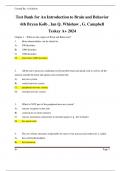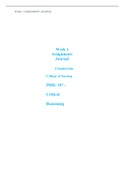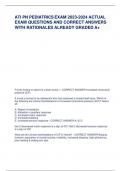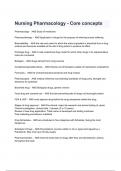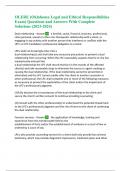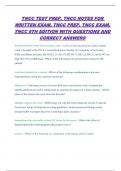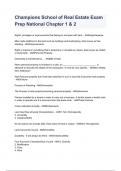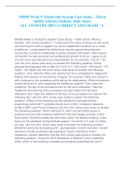Examen
Test Bank for An Introduction to Brain and Behavior 6th Bryan Kolb , Ian Q. Whishaw , G. Campbell Teskey A+ 2024
- Cours
- Établissement
- Book
Test Bank for An Introduction to Brain and Behavior 6th Bryan Kolb , Ian Q. Whishaw , G. Campbell Teskey A+ 2024
[Montrer plus]
